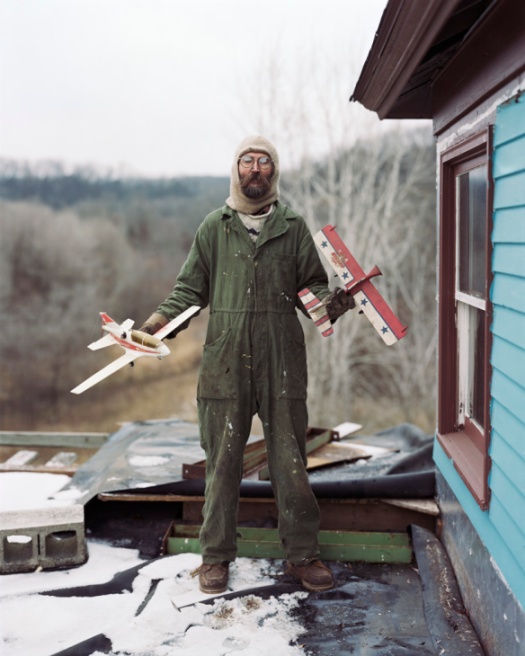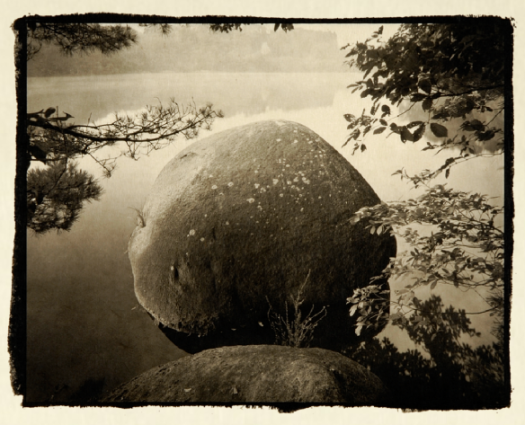After running through a string a contemporary landscape photographers in recent weeks I could help but recognize that all of these were guys which made me wonder who were the women active in this genre. It was then that I remembered the fabulous book by Victoria Sambunaris, ‘Taxonomy of a Landscape‘ that I had recently came across. The book documents a decade long exploration of the American landscape and our place in it. In fact it’s two books, the companion volume collects the associated research materials and other bits and pieces that Sambunaris accumulated during the course of the project. A fascinating behind the scenes look into her process.
For more information on Sambunaris and her projects check out the video here and the embeded video below.
Victoria Sambunaris lecture, February 7, 2013 from MoCP, Columbia College Chicago on Vimeo.







